Shogun by James Clavell: A Commentary by G. Miki Hayden
By G. Miki Hayden
Instructor at Writer's Digest University online and private writing coach
firstwriter.com – Friday August 2, 2024
Writers need to read their own work as readers, to make sure readers will understand the piece as written; but writers must also read the work of other writers as writers, to pick up writing hints and to understand what these writers had in mind.
So, I have been reading Shogun like a writer and here’s what I picked up, both positives and negatives.
One Shogun positive, of course, is author James Clavell’s extraordinary and specific descriptions. He doesn’t shrink from the horrific, for sure, but gives the unimaginably awful in its full gory glory. He presents a lot of dreadful images in the opening setting, for instance, in which the few remaining sailors on pilot Blackthorne’s ship are starving and their teeth have fallen out from scurvy (not Blackthorne’s teeth since he has secreted an apple or two from which he takes regular small bites). Then comes the storm. Worse follows. Later, people’s heads are cut off quite frequently with sharp swords in the Japan of 1600.
But why is this a positive? The tormenting of characters and readers with unbearable happenings? This is the hook, guys, and given the fame of the novel and its sale of six million copies on its first run from 1975 to 1980, the initial drama did its job. Here comes the hero, and he’s taking a terrible physical and emotional beating.
But Clavell brings us beauty of every type as well, including that of the Willow World of the courtesans, an impressive look at the ritual of the tea ceremony, and the enormous overcoming of the clever hero who learns to appreciate the relaxation and cleanliness of a hot bath—along with the Japanese language and Japanese manners, which are detailed fairly explicitly.
John Blackthorne is brave, ready to commit seppuku (suicide) without flinching, and is gentlemanly as only an Englishman can be. And he has an objective that eventually becomes clear—trade. He has a grand scheme that involves the Queen of England—Elizabeth I (presuming she will still be alive by the time he returns home)—and a daimyo (a member of the samurai aristocracy), brilliant strategist Toranaga, who seems destined to become the next Shogun.
At the heart of the book, while the readers are themselves learning to be Japanese and integrating in some way the county’s culture and beliefs, is heavy-duty politics. This novel is a political thriller then of a country on the verge of war and an unimaginably enormous loss of life, most of it to be up-close and personal, death pursued by fanatic armies very like those of our own cultures and times but with a different set of weapons and traditions. (Honorable killing must be by sword, not low-class musket, say the traditionalist samurai.)
Behind all this for Blackthorne is the Western division between Catholic and Protestants and the fact that the Portuguese Catholics have had exclusive entrée to trade and influence in Japan. They know the sea route to Japan and China and are the enemies of any other barbarian (Western) group who would have sway over Japanese Christian souls as well as exclusive power over the enormously enriching trade in such as silk and gold.
Clavell, when criticized by historians for his hit-or-miss authenticity, shrugged off the snobbish corrections by reviewers and said, as any thriller writer legitimately might, that his novel was a fantasy. And what a fantasy it is.
Shogun does have flaws, one of which that today’s authors will immediately see—he head hops. This isn’t so bad that he hops from one voice to another voice to another. No, mostly he goes from one character’s thoughts to that of another and will stay a while. He doesn’t do what authors will do today, which is to make sure readers notice a scene break. The effect of switching point of view inside a scene is nearly the same as presenting a clear scene break, but not quite. Clavell can be forgiven though, because he was a master, nonetheless.
Clavell’s other flaw may really be ours, or perhaps only this reader’s in that he uses so many names (Japanese) that following more than the major characters or places becomes somewhat difficult. Yet readers are able to follow enough that the story can be understood well. This is akin to an English speaking audience watching kabuki. The message is received, the emotion understood, though the nuances of the play may not be comprehended in depth.
Shogun has been popularized by, first, a miniseries on NBC, shown on five nights in September 1980, starring Richard Chamberlain and Japanese film star great Toshiro Mifune, and recently, in 2024, produced by FX and shown on FX in 10 segments, staring Cosmo Jarvis as Blackthorne and Anna Sawai as Blackthorne’s clandestine love, Toda Mariko. Japanese viewers are said to be quite appreciative.
Few authors have the sort of biography the prolific James Clavell has. An Englishman himself (and then a U.S. citizen), he fought in World War II and was imprisoned by the Japanese, which he took to be his time at university, learning a great deal in diverse subjects, but mostly in survival. After the war and the ending of his military career by a motorcycle accident, he entered the film industry in England and then in the United States. He wrote a number of film scripts, including The Fly (1958), quite a hit.
Then in 1960 when the Writers Guild went on strike, Clavell wrote his first novel, King Rat, about his time in a Japanese prison. In essence, Clavell was both a successful film maker and a successful novelist. He was a deep researcher. He died in 1994. For more: James Clavell - Wikipedia
For anyone who hasn’t read Shogun lately, now may be the time to study the novel, but don’t buy it in one piece—it’s enormous and heavy. The book is available in two pieces in paperback or as two downloads. Then readers may go on to his other five Asian Saga novels.
About the Author
G. Miki Hayden is a short story Edgar winner. She teaches a mystery writing and a thriller writing and other writing classes at Writer's Digest online university. The third edition of her Writing the Mystery is available through Amazon and other good bookshops. She is also the author of The Naked Writer, a comprehensive, easy-to-read style and composition guide for all levels of writers.
Miki's most recent novel out is Dry Bones, a police procedural from Down & Out Books. The New York Times gave her Pacific Empire a rave and listed it on that year's Summer Reading List. Miki is a short story Edgar winner for "The Maids," about the poisoning of French slave holders in
"Holder, Oklahoma Senior Police Officer Aaron Clement is out for justice above all, even if he irritates the local hierarchy. Hayden in Dry Bones gives us nothing-barred investigation and plenty of nitty-gritty police procedure—which makes for a real page turner." — Marianna Ramondetta, author of The Barber from Palermo




 How I got a literary agent - An interview with author James R. Larson
How I got a literary agent - An interview with author James R. Larson How I got my book published - An interview with author, James J. Garber
How I got my book published - An interview with author, James J. Garber James Patterson: ‘I've got too many ideas to write all my books myself!'
James Patterson: ‘I've got too many ideas to write all my books myself!'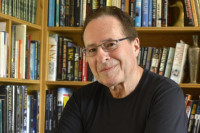 Peter James reveals thought process in writing his novels
Peter James reveals thought process in writing his novels How these San Diego kids books beat out bestselling authors like James Patterson, Anderson Cooper
How these San Diego kids books beat out bestselling authors like James Patterson, Anderson Cooper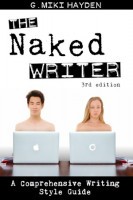 The Naked Writer by G. Miki Hayden—in Action
The Naked Writer by G. Miki Hayden—in Action 50 Shades of self-publishers: Fame and fortune through publishing yourself online
50 Shades of self-publishers: Fame and fortune through publishing yourself online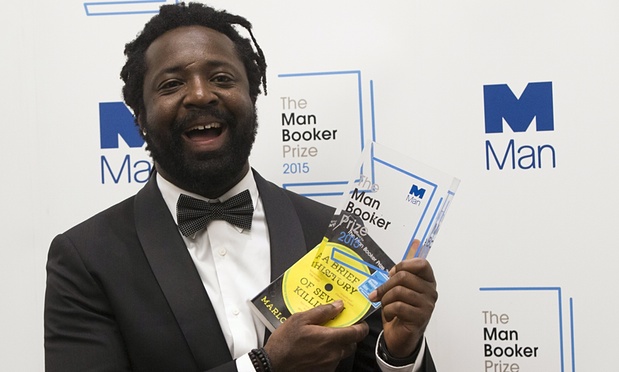 Great books that publishers rejected – quiz
Great books that publishers rejected – quiz Virginia Pye On Books, Publishers & the Dreaded Sophomore Jinx
Virginia Pye On Books, Publishers & the Dreaded Sophomore Jinx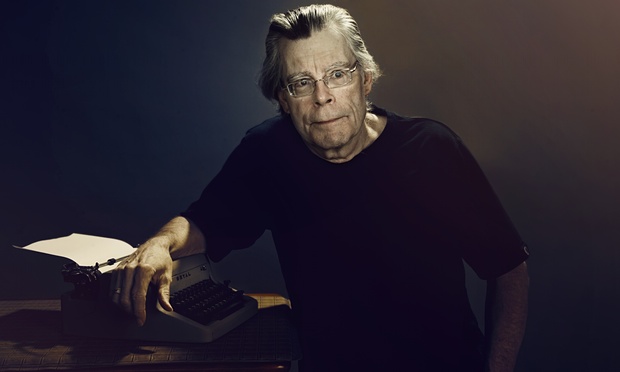 Ten things I learned about writing from Stephen King
Ten things I learned about writing from Stephen King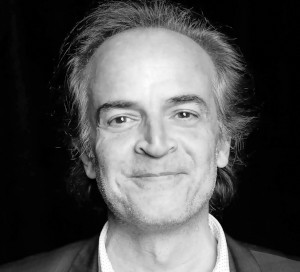 Trying To Find a Literary Agent Is the Worst Thing Ever
Trying To Find a Literary Agent Is the Worst Thing Ever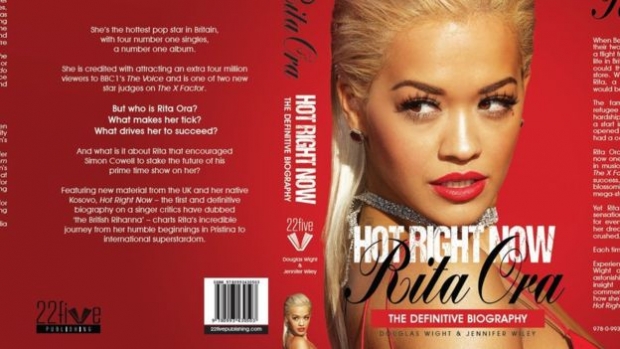 Is self-publishing coming of age in the digital world?
Is self-publishing coming of age in the digital world?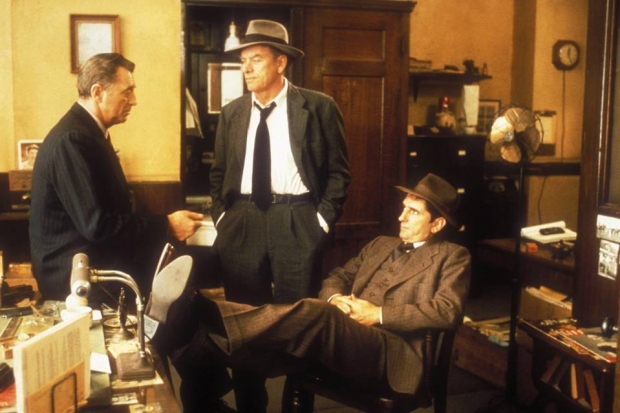 How to Write a Thriller
How to Write a Thriller Writing a bestseller ‘on the verge of a stroke’
Writing a bestseller ‘on the verge of a stroke’ Rachel Richardson launches the Rich Lit literary rights agency
Rachel Richardson launches the Rich Lit literary rights agency Bridport Prize Memoir Award 2024 competition nears deadline
Bridport Prize Memoir Award 2024 competition nears deadline Spread the Word relaunches London Writers Awards for 2025-2027
Spread the Word relaunches London Writers Awards for 2025-2027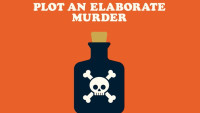 This Online Writing Platform Wants Budding Authors to Plot an Elaborate Murder
This Online Writing Platform Wants Budding Authors to Plot an Elaborate Murder Authors report 'worst ever delays' with advances and royalties as some forced to survive on loans — survey
Authors report 'worst ever delays' with advances and royalties as some forced to survive on loans — survey New Literary Agent Listing: Maria Napolitano
New Literary Agent Listing: Maria Napolitano New Publisher Listing: Cherry Lake Publishing Group
New Publisher Listing: Cherry Lake Publishing Group Unwin Awards submissions open in inaugural year
Unwin Awards submissions open in inaugural year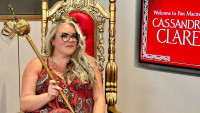 Black Crow Books: new horror publisher aims to open up 'booming' genre to everyone
Black Crow Books: new horror publisher aims to open up 'booming' genre to everyone Sebes & Bisseling hires four new agents as part of major expansion
Sebes & Bisseling hires four new agents as part of major expansion New Literary Agent Listing: Jessica Leeke
New Literary Agent Listing: Jessica Leeke Agatha Christie’s holiday home set to host new writing workshops
Agatha Christie’s holiday home set to host new writing workshops A M Heath reveals plans for 'significant growth' with key promotions
A M Heath reveals plans for 'significant growth' with key promotions Jade Kavanagh and Rebeka Finch step up at Darley Anderson
Jade Kavanagh and Rebeka Finch step up at Darley Anderson Writing Fantasy course launched taught by author Lucy Holland
Writing Fantasy course launched taught by author Lucy Holland
